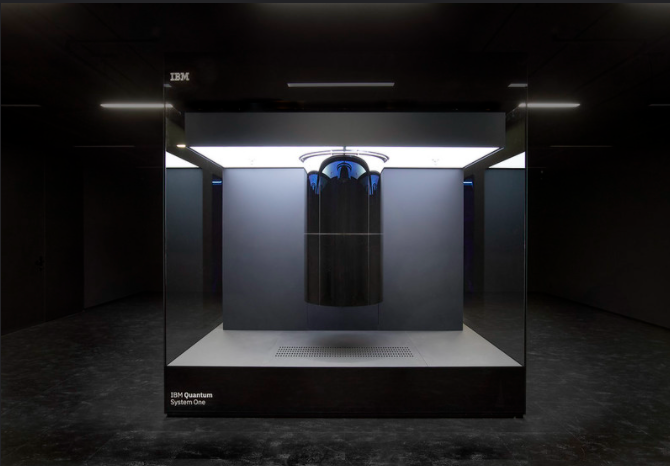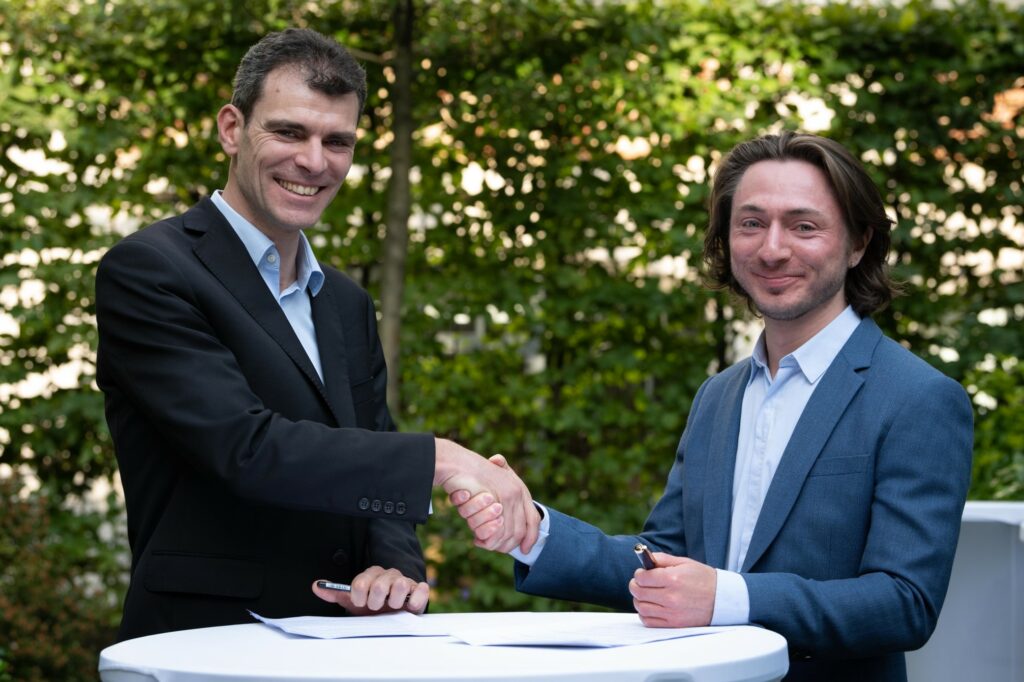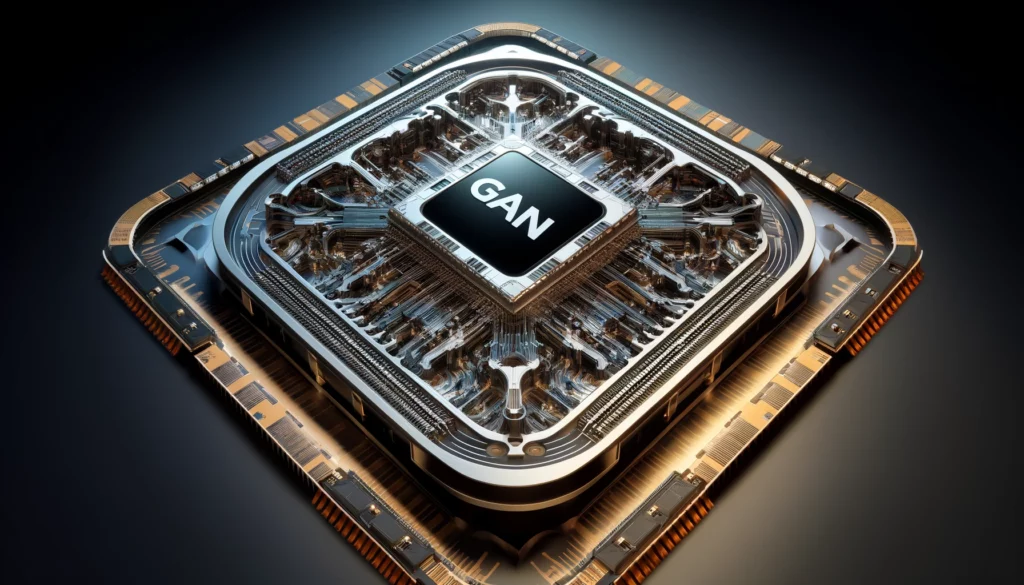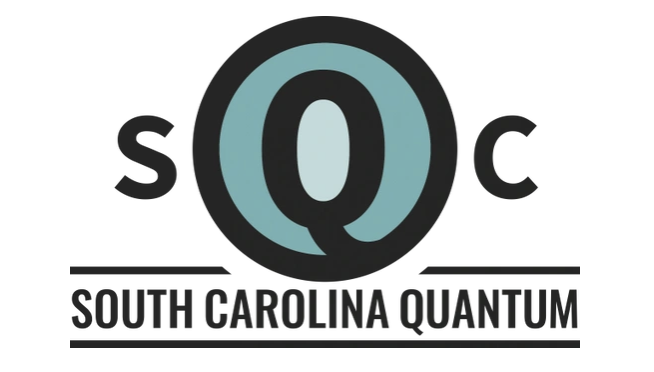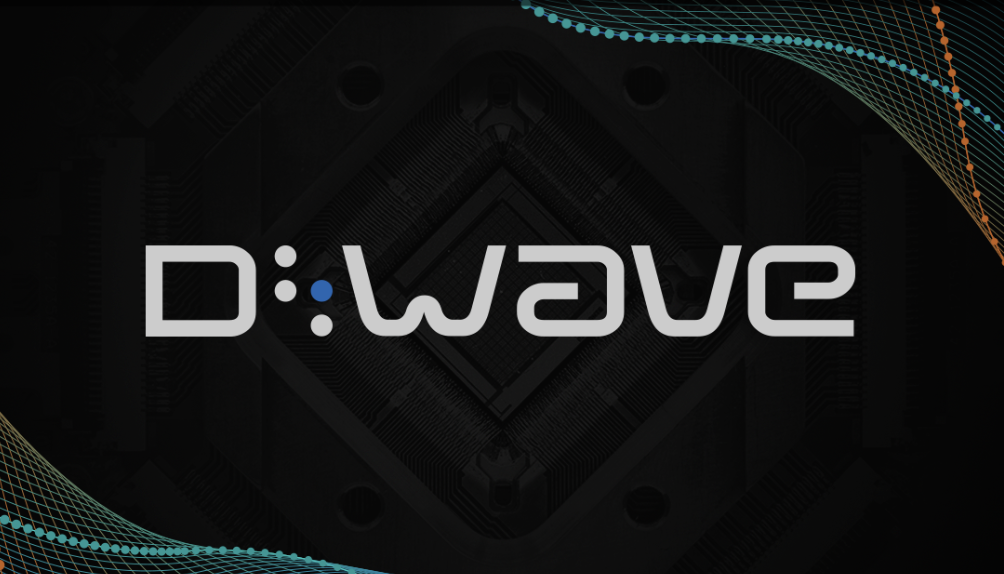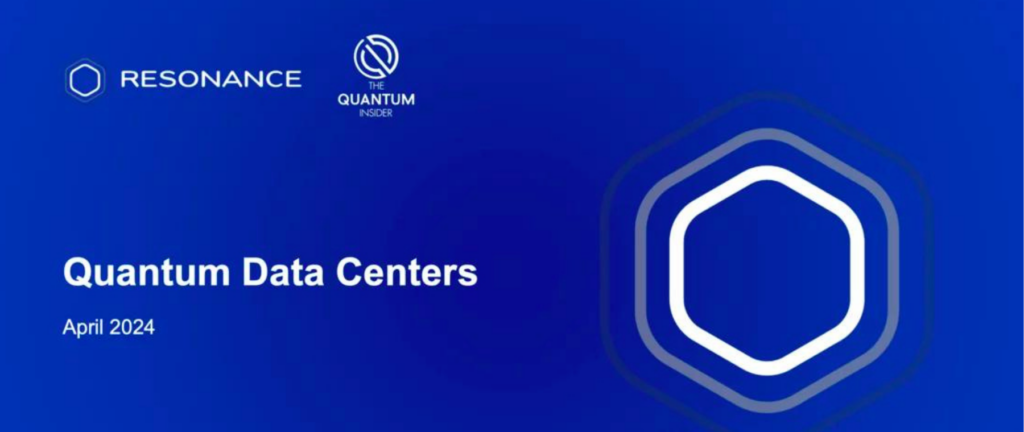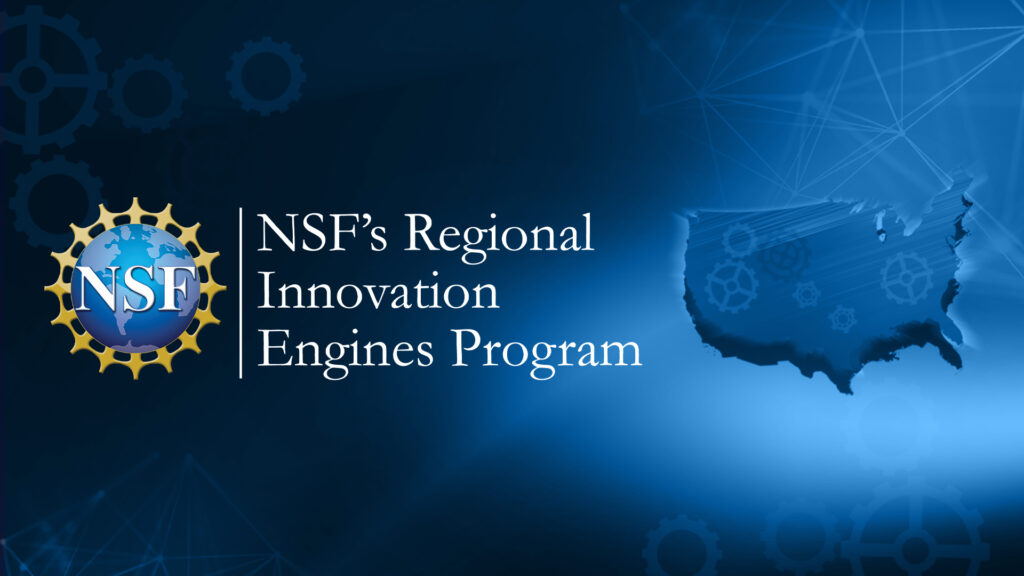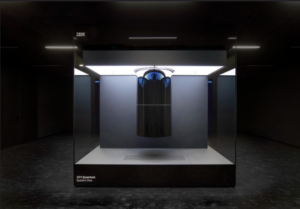
In what will be a major step in quantum computing, IBM (TQI: IBM) is expected to unveil Eagle, a 127-qubit quantum processor, at the IBM Quantum Summit 2021, tomorrow (Nov. 16).
The company touts the release as a historic leap in quantum computing. They have broken through the 100-qubit barrier and believe users will be able to use the device to solve problems that are difficult, if not impossible on classical computers.
IBM Quantum’s Eagle processors contain nearly twice the qubits of the company’s 65-qubit Hummingbird processor.
Designing Eagle required more than just adding qubits, though, according to a preview company blog post.
IBM quantum leaders Jerry Chow, Oliver Dial and Jay Gambetta write: “We had to combine and improve upon techniques developed in previous generations of IBM Quantum processors in order to develop a processor architecture including advanced 3D packaging techniques that we’re confident can form the backbone of processors up to and including our planned 1000+ qubit Condor processor. Eagle is based upon our heavy-hexagonal qubit layout as debuted with our Falcon processor, where qubits connect with either two or three neighbors as if sitting upon the edges and corners of tessellated hexagons.This particular connectivity decreased the potential for errors caused by interactions between neighboring qubits-providing significant boosts in yielding functional processors.”
The company officials added that IBM’s long history of developing the processes that lead to cutting-edge classical processors and chips aided its advances into quantum, rather than detracts the effort.
“Eagle incorporates past IBM expertise in classical processor fabrication to provide scalable access wiring to all qubits,” the team writes. “What do we mean? Quantum processors require a tangle of wiring that we must route outward to their edges. However, 3D integration allows us to place particular microwave circuit components and wiring on multiple physical levels. While packaging qubits remains one of the largest challenges for future quantum computers, multi-level wiring and other components provide the techniques that make possible the path toward Condor, with minimal impact to individual qubits’ performance.”
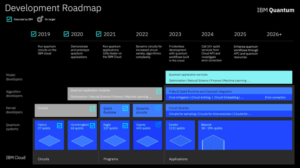
Take (System) Two
IBM said the forthcoming 433-qubit Osprey will be the first step — or flap — beyond IBM’s current Quantum System One. They will preview the aptly named IBM Quantum System Two, which will feature an emphasis on modularity. The company reports that Eagle will be the last processor that will be able to fit inside the IBM Quantum System One.
“With this system, we’re giving flexibility to our hardware to continue to increase the scale of our chips,” they wrote. “The team is taking a holistic systems approach to understand the necessary resources to support not only our upcoming Osprey and Condor processors, but also quantum processors into the future as we continue to progress along our hardware roadmap.”
System Two is developed around state-of-the-art cryogenic and cabling innovations.
Bluefors is partnering with Big Blue for this. Bluefors’ cryongenic platform relies on its novel structural design to increase space inside of the fridge, allowing space for more support hardware that larger processors need while giving plenty of room for engineers to service the device.
The announcement suggests that IBM is on track for its 2025 goal for “frictionless quantum computing.” But, they acknowledge more work is needed. IBM just released a new measurement of quantum computing performance.
“The scale of a quantum chip is just one of three metrics that we use to measure the performance of a quantum processor, and we must continue to push the quality and speed of our processors by benchmarking their Quantum Volume and Circuit Layer Operations Per Second (CLOPS), respectively,” the team writes.
IBM’s progress is additional evidence that the corporate world has bought into the promise of quantum computing. IonQ (TQI: IonQ) is now trading publicly and Rigetti (TQI: Rigetti Computing) is on the path to public trading, as well. More news looms: Honeywell Quantum Solutions (TQI: Honeywell Quantum Solutions) and Cambridge Quantum (TQI: Cambridge Quantum) are merging and are expected to go public. If so, Honeywell-CQ could be the first full-stack — software and hardware — pure play quantum company that is trading publicly.
For more market insights, check out our latest quantum computing news here.


